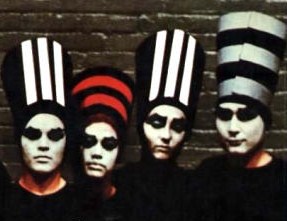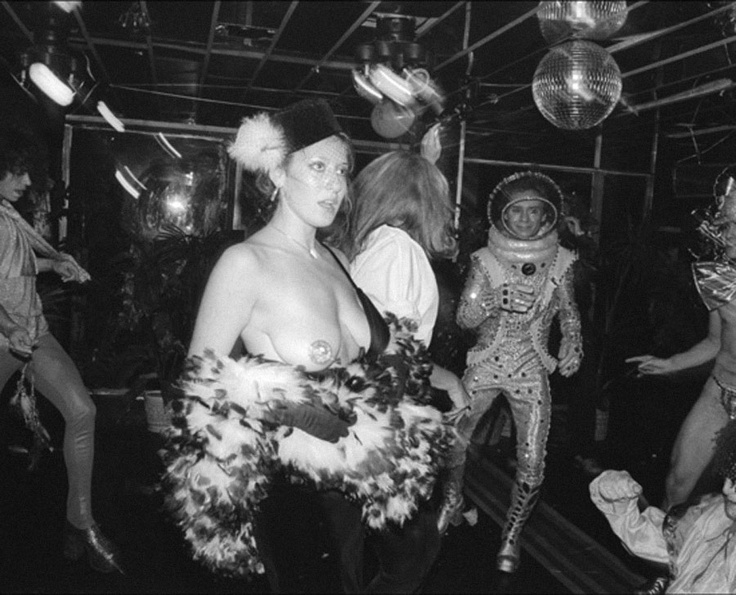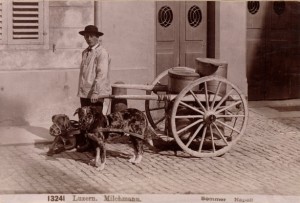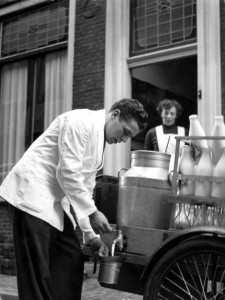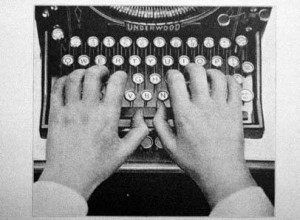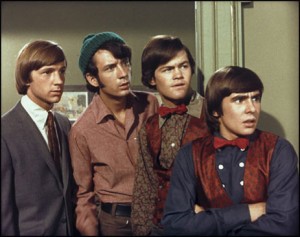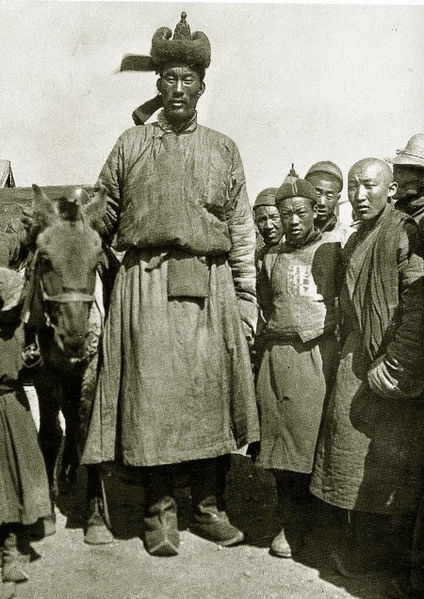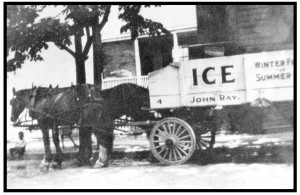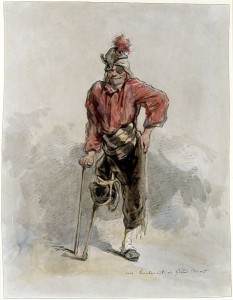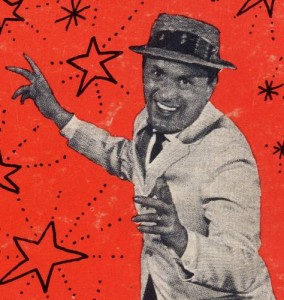Writing about The Truman Show reminded me of Rob Walker’s brilliant, frightening 2004 article, “The Hidden (in Plant Sight) Persuaders,” in the New York Times Magazine. Penned before social media really took off, the article examines how BzzAgent, a Boston-based marketing firm contracts citizens to engage in surreptitious whisper campaigns to promote products. That person in the mall conspicuously reading a just-published book or loudly mentioning a great new band–they may be BzzAgents. Most amazingly, apart from earning a few small rewards which they often don’t bother to collect, these people are unpaid volunteers just wanting to be a part of a stealth machinery, like airport cultists merely trying to plant the idea in your head that flowers are nice to buy. The article’s opening:
“Over the July 4 weekend last summer, at cookouts up and down the East Coast and into the Midwest, guests arrived with packages of Al Fresco chicken sausage for their hosts to throw on the grill. At a family gathering in Kingsley, Mich. At a small barbecue in Sag Harbor, N.Y. At a 60-guest picnic in Philadelphia.
We know that this happened, and we even know how various party guests reacted to their first exposure to Al Fresco, because the Great Sausage Fanout of 2004 did not happen by chance. The sausage-bearers were not official representatives of Al Fresco, showing up in uniforms to hand out samples. They were invited guests, friends or relatives of whoever organized the get-togethers, but they were also — unknown to most all the other attendees — ‘agents,’ and they filed reports. ‘People could not believe they weren’t pork!’ one agent related. ‘I told everyone that they were low in fat and so much better than pork sausages.’ Another wrote, ‘I handed out discount coupons to several people and made sure they knew which grocery stores carried them.” Another noted that ‘my dad will most likely buy the garlic” flavor, before closing, ‘I’ll keep you posted.’
These reports went back to the company that Al Fresco’s owner, Kayem Foods, had hired to execute a ‘word of mouth’ marketing campaign. And while the Fourth of July weekend was busy, it was only a couple of days in an effort that went on for three months and involved not just a handful of agents but 2,000 of them. The agents were sent coupons for free sausage and a set of instructions for the best ways to talk the stuff up, but they did not confine themselves to those ideas, or to obvious events like barbecues. Consider a few scenes from the life of just one agent, named Gabriella.
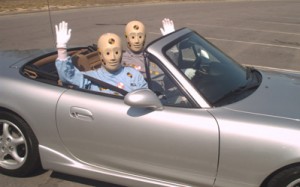 At one grocery store, Gabriella asked a manager why there was no Al Fresco sausage available. At a second store, she dropped a card touting the product into the suggestion box. At a third, she talked a stranger into buying a package. She suggested that the organizers of a neighborhood picnic serve Al Fresco. She took some to a friend’s house for dinner and (she reported back) ‘explained to her how the sausage comes in six delicious flavors.’ Talking to another friend whom she had already converted into an Al Fresco customer, she noted that the product is ”not just for barbecues” and would be good at breakfast too. She even wrote to a local priest known for his interest in Italian food, suggesting a recipe for Tuscan white-bean soup that included Al Fresco sausage. The priest wrote back to say he’d give it a try. Gabriella asked me not to use her last name. The Al Fresco campaign is over — having notably boosted sales, by 100 percent in some stores — but she is still spreading word of mouth about a variety of other products, and revealing her identity, she said, would undermine her effectiveness as an agent.
At one grocery store, Gabriella asked a manager why there was no Al Fresco sausage available. At a second store, she dropped a card touting the product into the suggestion box. At a third, she talked a stranger into buying a package. She suggested that the organizers of a neighborhood picnic serve Al Fresco. She took some to a friend’s house for dinner and (she reported back) ‘explained to her how the sausage comes in six delicious flavors.’ Talking to another friend whom she had already converted into an Al Fresco customer, she noted that the product is ”not just for barbecues” and would be good at breakfast too. She even wrote to a local priest known for his interest in Italian food, suggesting a recipe for Tuscan white-bean soup that included Al Fresco sausage. The priest wrote back to say he’d give it a try. Gabriella asked me not to use her last name. The Al Fresco campaign is over — having notably boosted sales, by 100 percent in some stores — but she is still spreading word of mouth about a variety of other products, and revealing her identity, she said, would undermine her effectiveness as an agent.
The sausage campaign was organized by a small, three-year-old company in Boston called BzzAgent, but that firm is hardly the only entity to have concluded that the most powerful forum for consumer seduction is not TV ads or billboards but rather the conversations we have in our everyday lives. The thinking is that in a media universe that keeps fracturing into ever-finer segments, consumers are harder and harder to reach; some can use TiVo to block out ads or the TV’s remote control to click away from them, and the rest are simply too saturated with brand messages to absorb another pitch. So corporations frustrated at the apparent limits of ‘traditional’ marketing are increasingly open to word-of-mouth marketing. One result is a growing number of marketers organizing veritable armies of hired ‘trendsetters’ or ‘influencers’ or ‘street teams’ to execute ‘seeding programs,’ ‘viral marketing,’ ‘guerrilla marketing.’ What were once fringe tactics are now increasingly mainstream; there is even a Word of Mouth Marketing Association.”
••••••••••
BzzAgent, the social media machine:
Another Rob Walker post:

